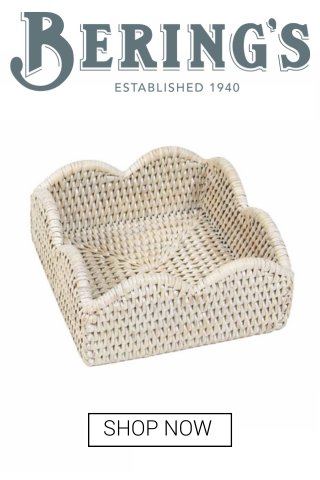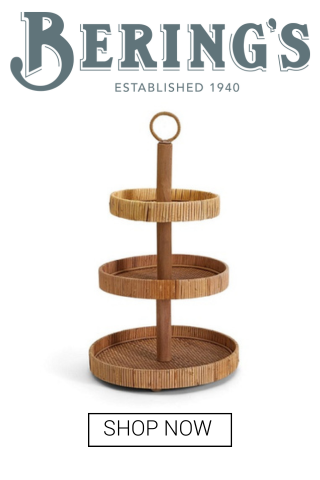A Famed Fashion Photographer Tells (and Shows) All: Amazing Locales, a Lion in the Backyard, Sexy Models and Cowboys in Spain
BY Max Trowbridge // 09.15.16"Bruce and Tai, Hollywood," 2012
Anticipating his Dallas Contemporary debut, we go one-on-one with fashion’s most famous lensman.
Call him a living legend. For that is precisely what photographer Bruce Weber is. With a career that spans four decades, the 70-year-old mastermind has won his share of wild acclaim, controversy, and fame. His work has filled the pages — and often the covers — of the world’s most revered publications. From Vogue to Vanity Fair, Glamour to GQ, Weber’s iconic images have defined brands and permeated pop culture.
Who could forget his provocative ads for Calvin Klein Jeans in the ’90s, or those sexually suggestive teens for Abercrombie & Fitch? Without Weber, would the aristocratic air of Ralph Lauren even exist?
At a time when fashion photography is more digital than ever, Weber is a purist. Mentored by pioneers Diane Arbus and Lisette Model, he works exclusively with film. His camera preferences are a Pentax 6×7, Lecia 35mm, or Rolleiflex. Yet his visual genius is not limited to print. As a filmmaker, Weber has directed seven motion pictures. In 1989, he was nominated for an Academy Award for Let’s Get Lost, a documentary he directed and produced about jazz trumpeter Chet Baker.
Most recently, film has crossed into fashion, with Weber producing short video campaigns for Louis Vuitton and Versace. In between summer shoots, Weber talks to us about wanderlust, his prized National Geographic collection, and a good laugh he had with a certain Duchess of Devonshire.
Rural Pennsylvania and wandering parents.
I remember several occasions growing up when my parents would just take off for a couple of months to Europe. My sister was packed off to her Catholic boarding school — which was a little strange, considering we were Jewish — and I was left in the care of our housekeeper. During these times, it was really my grandparents who looked after me. They conveniently lived next door. My grandmother played the piano beautifully, and my grandfather traveled quite a bit, working as he did in the tobacco trade.
I think I really caught the travel bug from my grandparents. They would show me photographs from trips they had taken to Switzerland and Italy. Travel has never been a means to an end for me as a photographer. It’s always been more important for me to just lose myself in the experience and fantasy of a place.
Photography genes.
My dad was constantly taking pictures and making little 8mm films in both black and white and color. He was very curious about people and took the most extraordinary photos of my mom. Another big influence was my great-uncle. He was a real adventurer. He traveled all over the world and took great photographs and had an amazing collection of old National Geographic magazines. When he passed away, he left them to me. I think my other relatives were a little jealous. They got the money, but I got the magazines.
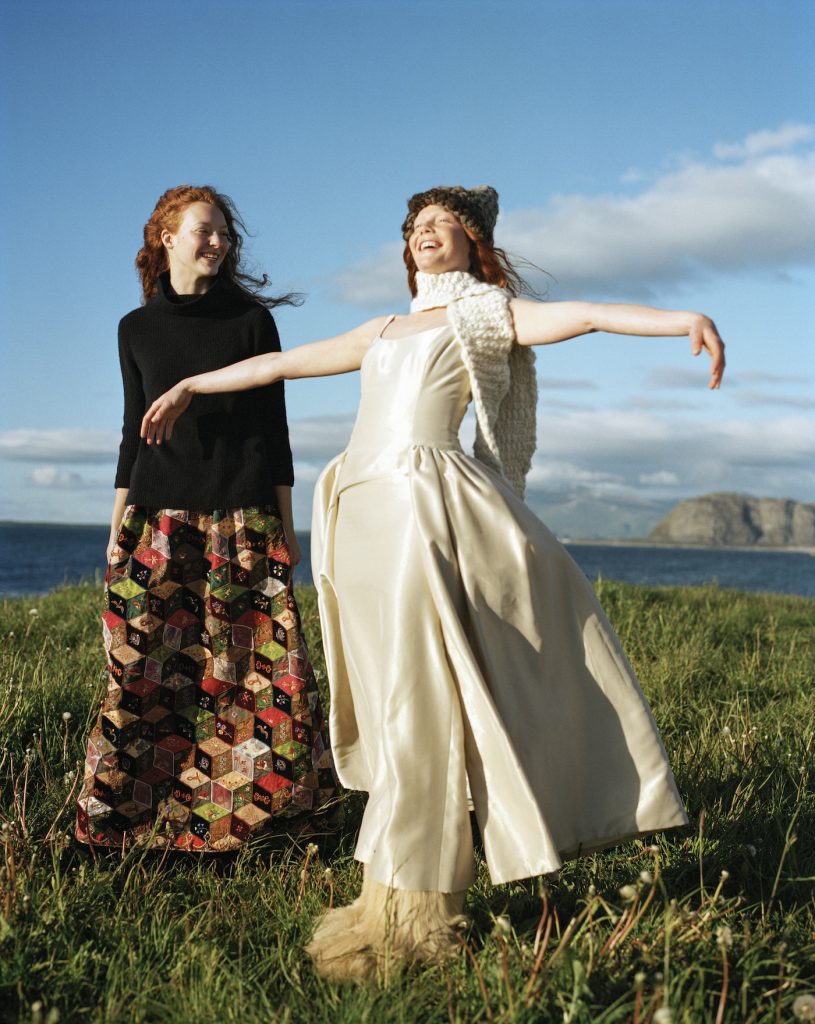
Influencers.
When I was at NYU Film School, I needed some extra money, so I started working as a model for photographers like Richard Avedon and Art Kane. It was great to work with them, because I could ask them all my questions. I was so curious about the places they traveled, all their stories. When I met Avedon, he had just done an amazing story on location in Ireland with Anjelica Huston. Those pictures made a big impression on me. To this day, when I run into Anjelica, we talk about them. Or there was the story he did for Vogue with Jean Shrimpton and Jeanloup Sieff in Greece.
These sittings weren’t just about Greece or Ireland. They were both about a couple in love, on a boat or riding bicycles in a strange land. The feeling between the people was most important — it made the place come alive in my mind. And the location made me see the people in the photos like I never had before. Dick’s photographs made me want to go to Ireland and Greece to find my own story there.
Lion around.
I’ve always been pretty lucky with animals in photos, and they’ve made for some unforgettable experiences. One time, I was on assignment in Hamburg, doing a story about designer Jil Sander. She lives in the most extraordinary house right on the lake — it had been previously owned by Aristotle Onassis. It looked like a beautiful cake — the decoration was so simple and elegant, just like Jil’s clothes. She and her partner, Dicki, had done such an amazing job with it. As we were driving to meet them, we passed a circus, and I thought, ‘Wouldn’t it be great if there was a lion in Jil’s backyard?’ When we arrived, I brought up the idea with her. Jil looked rather worried, but agreed.
The lion eventually arrived, and his trainer was this super-skinny guy who didn’t look like he would be able to do much if anything went wrong. But we just went for it. The lion wasn’t terribly friendly, so Hamish Bowles from Vogue and Jil and everyone stayed in the house to watch out the window as my assistant and I tried to get the lion to cooperate. But we somehow got through the day, and I thought, ‘Well, the lion worked out, why not try some ballet dancers and a violin player in this house?’ Something about that lion connected me with the eccentricity and grandeur of Hamburg and made me want to keep going. I really fell in love with the city, because that experience with the lion made it feel like I had really gone there.
Cool cowboys in Spain.
When we went to Spain with Kate Moss and Karen Elson for Italian Vogue, we came upon a house in the hills near Seville that looked like something out of A Fistful of Dollars. We knocked, and a handsome gentleman dressed as a cowboy opened the door. I couldn’t believe it — there in the middle of Spain. I explained that we loved how his house looked and asked if we could use it to do a picture. He said, “Of course, we’re just going out for the day.” I couldn’t believe someone would just give us run of their house like that and leave. The place was beautiful inside, so perfectly done — I thought maybe his wife helped put it together. But he came back later in the day with his boyfriend. The two of them just lived there together, as cowboys, in Spain. So unexpected!
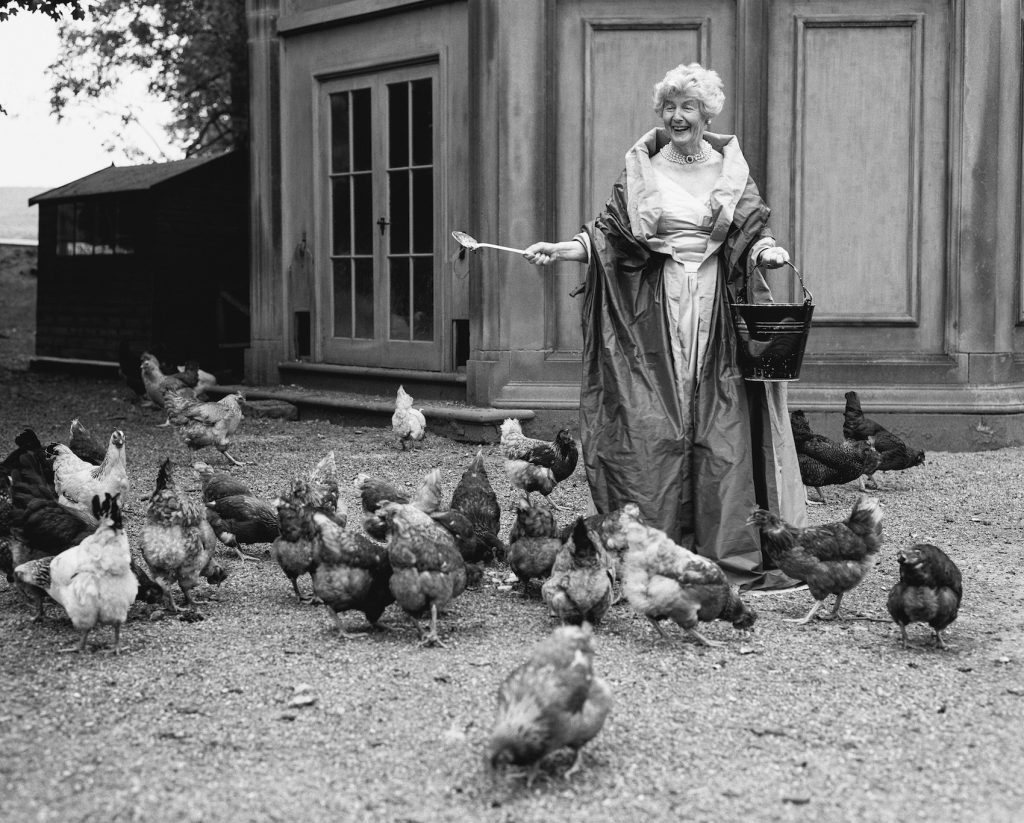
The iconic photo of the late Deborah, the Dowager Duchess of Devonshire, feeding chickens while wearing an evening gown: How ever did you make this happen?
We were upstairs at Chatsworth, in the Duchess’ bedroom, as she told us some funny stories about her collection of Elvis Presley memorabilia while showing us her collection of Jean Patou dresses. We were with the stylist Joe McKenna and the Duchess’ granddaughter, the model Stella Tennant, who had this kind of punk-rock haircut at the time. She said, “Grandmother, I just want to warn you about some photographs I have coming out soon in a magazine. I’m nude in some of them.” The Duchess replied, “Oh, I don’t care about that. But what can we do about this haircut you have?”
We all had a big laugh, and I asked the Duchess what she’d like to do for the next photo. She suggested feeding her beloved chickens, so that’s what we did.
Most memorable travel experience.
I went to South Africa in 1995 for Vogue to do pictures with Iman and David Bowie. We were all very excited to meet Nelson Mandela, but arranging it was very difficult. We went to a political rally in Cape Town where he was speaking, and the crowd started pushing back and forth. It got pretty crazy, and Mandela’s security people told us we had to go. Just before we did, I was able to take about three frames of Iman introducing herself to President Mandela. Thankfully, two came out. A couple of days later, we were able to visit Mandela again at his home in Johannesburg. The experience was everything we had hoped it would be and more. He greeted us all with an open heart, without an ounce of anger in his eyes. He picked up on the fact that a young woman who was with us — the writer for the Vogue story — had grown up in South Africa, and tried to set her up on a date with one of his security people. It was an unforgettable experience, a memory I’ll always treasure. As a photographer, to have that kind of human contact with someone you admire and read about in history books, is incredibly humbling.
The art of film vs. digital.
I still use film instead of a digital format because I love the intimacy of the experience it creates. When you’re working in a digital setting, especially in a studio, you see the results right away — and often so does everyone else on set. There’s less of a feeling of surprise or lucky accident. There’s no Christmas present feeling you get when the contact sheets arrive from the lab.
Bruce Weber On View
This month, Dallas Contemporary reveals a lesser-seen side of Weber, with the debut of its megawatt exhibition “Far From Home,” opening September 18 (through March 12, 2017). With more than 250 photographs shot by the artist during his travels, many of which have never been exhibited, the show is a glimpse into Weber’s world by way of images and short films.
Dallas Contemporary, 161 Glass St., 214.821.2522.






